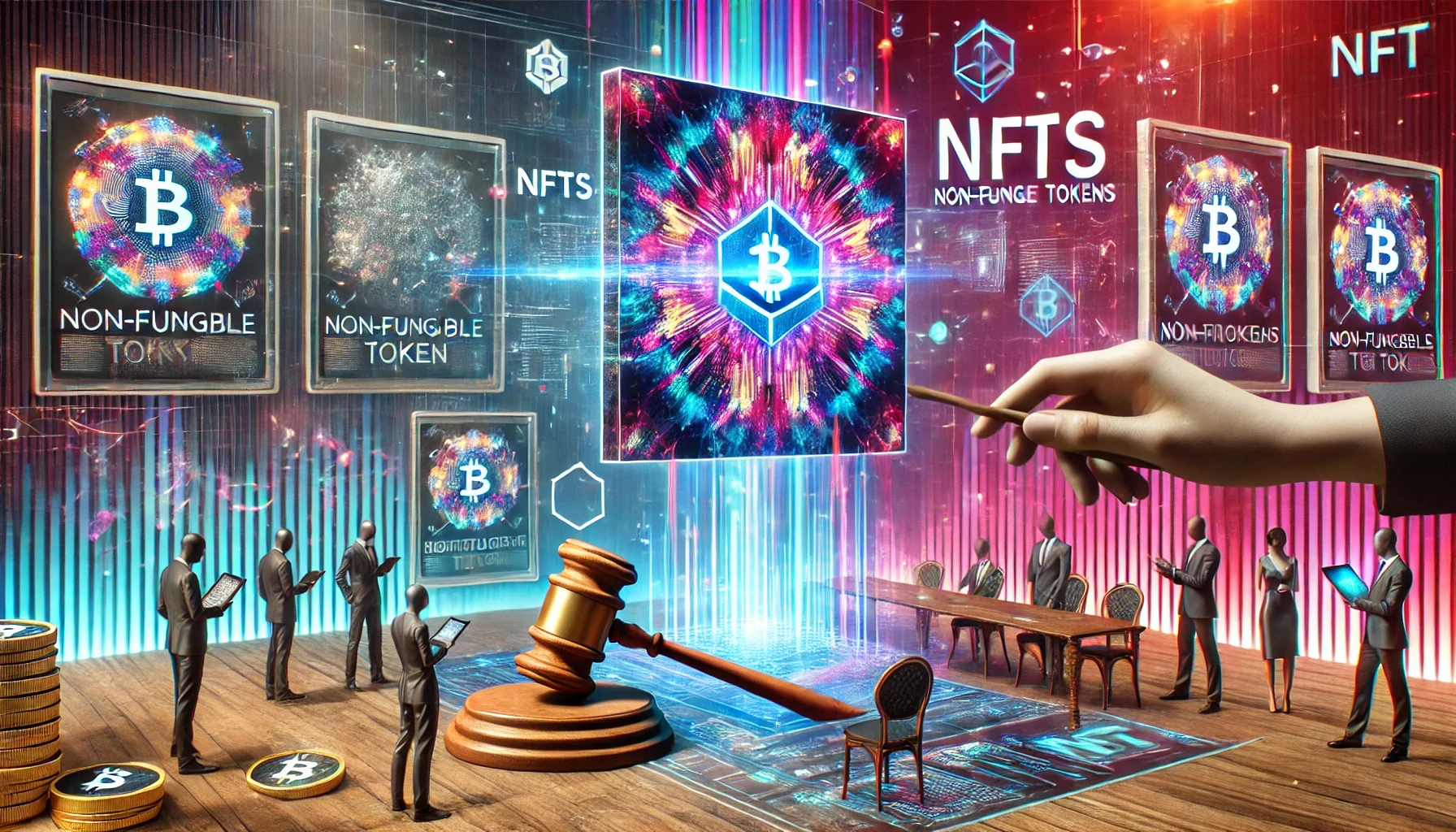What Are NFTs?
NFTs, or Non-Fungible Tokens, are unique digital assets stored on a blockchain. Unlike cryptocurrencies like Bitcoin, which are interchangeable, each NFT is one-of-a-kind and cannot be replicated. This uniqueness makes NFTs ideal for representing digital art, collectibles, and even virtual real estate. By using blockchain technology, NFTs provide proof of ownership and authenticity, solving a major challenge in the digital art space.
How NFTs Transformed the Art World
Empowering Artists:
NFTs allow artists to sell their work directly to collectors without intermediaries like galleries or auction houses. This means higher earnings and greater creative freedom.Example: Beeple’s Everydays: The First 5000 Days sold for $69 million at Christie’s, making headlines worldwide.
Digital Ownership:
NFTs provide a way to prove ownership of digital art, something that was nearly impossible before. Collectors can now own and trade unique digital pieces with confidence.New Revenue Streams:
Artists can earn royalties every time their NFT is resold, creating a sustainable income model. This is a game-changer for creators who previously struggled to monetize their work.Global Accessibility:
NFTs have democratized the art world, allowing artists from anywhere to showcase their work to a global audience. Collectors no longer need to visit galleries or auctions; they can browse and buy art online.
The Role of Blockchain in NFTs
Blockchain technology is the backbone of NFTs. It ensures transparency, security, and immutability. Every NFT transaction is recorded on the blockchain, creating a permanent and verifiable history of ownership. This trustless system eliminates the need for intermediaries and reduces the risk of fraud.
Challenges and Criticisms
While NFTs have brought many benefits, they are not without challenges:
Environmental Concerns: The energy consumption of blockchain networks like Ethereum has raised questions about the sustainability of NFTs.
Market Volatility: The NFT market is highly speculative, with prices fluctuating dramatically.
Copyright Issues: The ease of minting NFTs has led to cases of art theft and unauthorized use of intellectual property.
The Future of NFTs in Art
The NFT revolution is just beginning. As technology evolves, we can expect:
Improved Sustainability: New blockchain solutions, like Ethereum’s transition to proof-of-stake, aim to reduce energy consumption.
Integration with Virtual Worlds: NFTs are becoming key assets in metaverses, where digital art and virtual real estate are in high demand.
Mainstream Adoption: As more artists and collectors embrace NFTs, they will become a standard part of the art world.
How to Get Started with NFTs
Choose a Platform: Popular NFT marketplaces include OpenSea, Rarible, and Foundation.
Create a Wallet: Set up a cryptocurrency wallet like MetaMask to store your NFTs and crypto.
Mint Your Art: Upload your digital artwork to a platform and mint it as an NFT.
Promote Your Work: Use social media and online communities to showcase your NFTs to potential buyers.
Conclusion
NFTs have undeniably transformed the art world, creating new opportunities for artists and collectors alike. While challenges remain, the potential for innovation and growth is immense. Whether you’re an artist looking to monetize your work or a collector exploring digital art, NFTs offer a exciting glimpse into the future of creativity and ownership.
